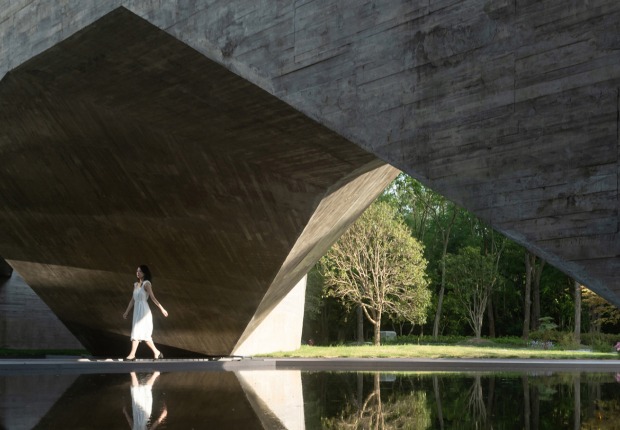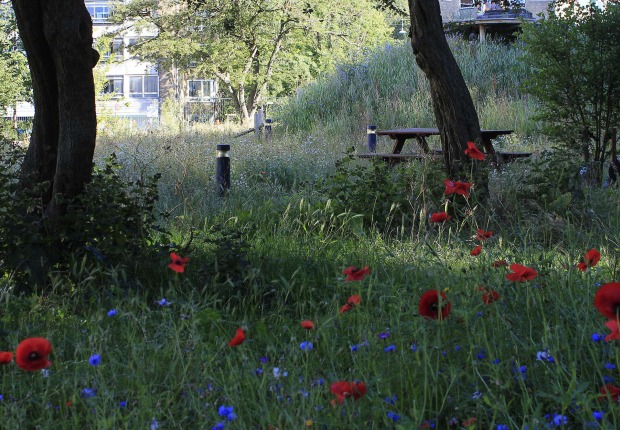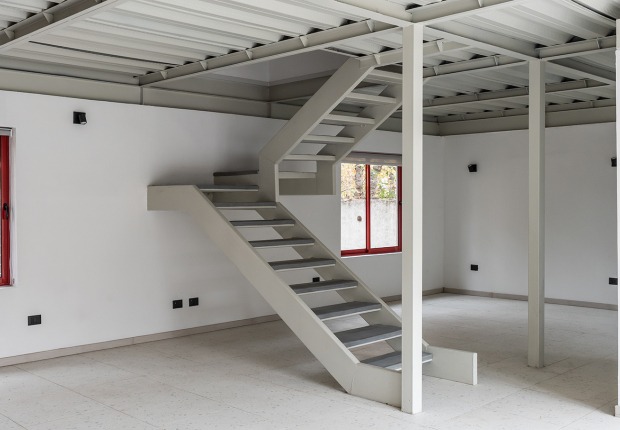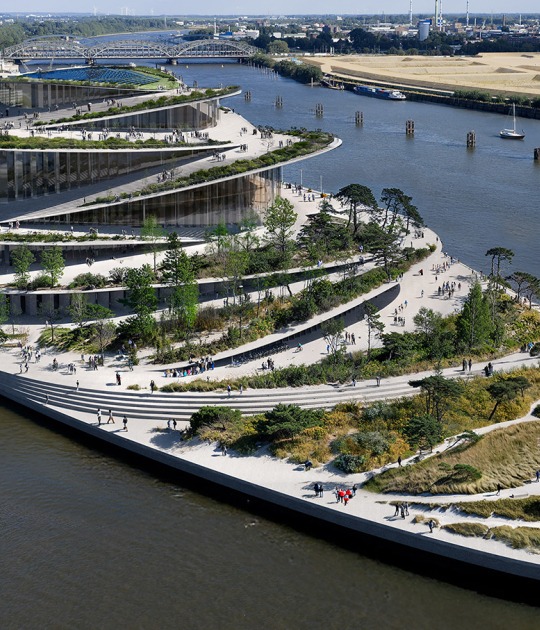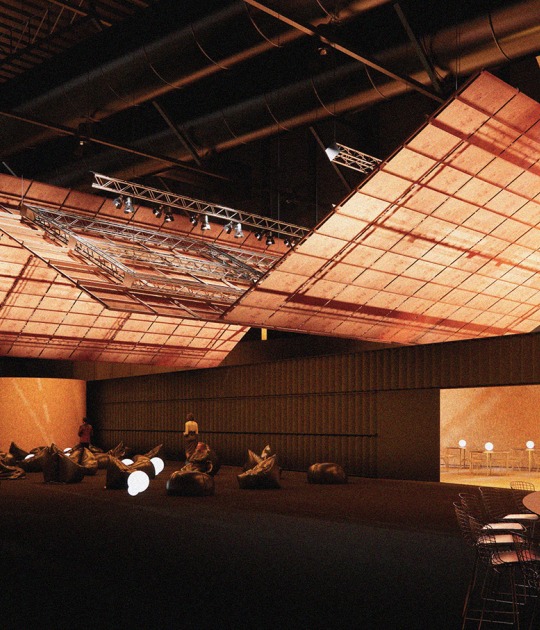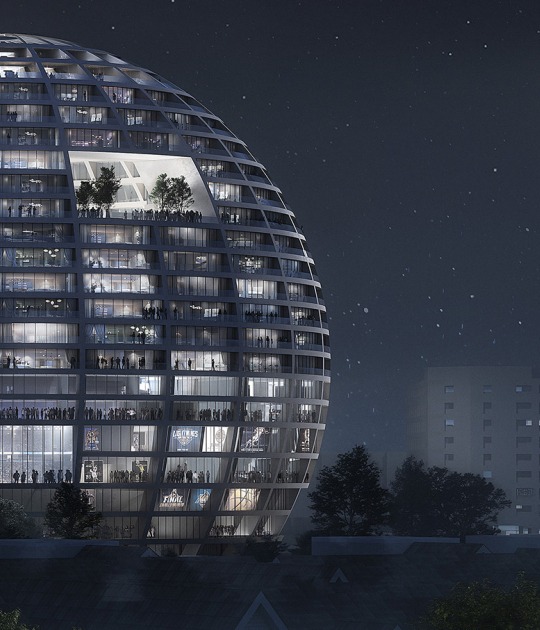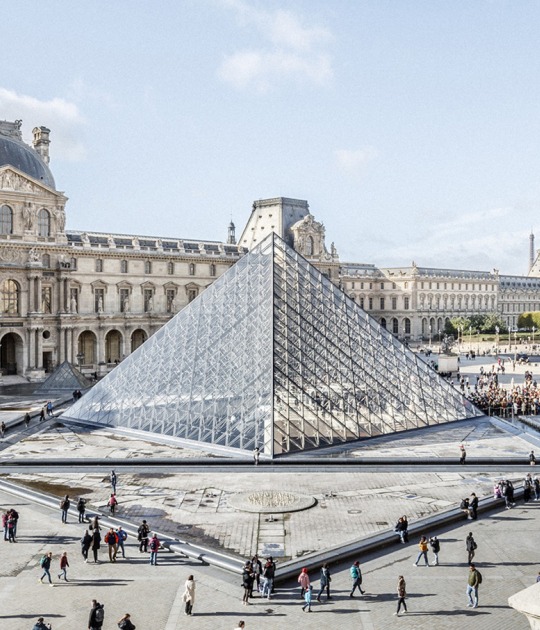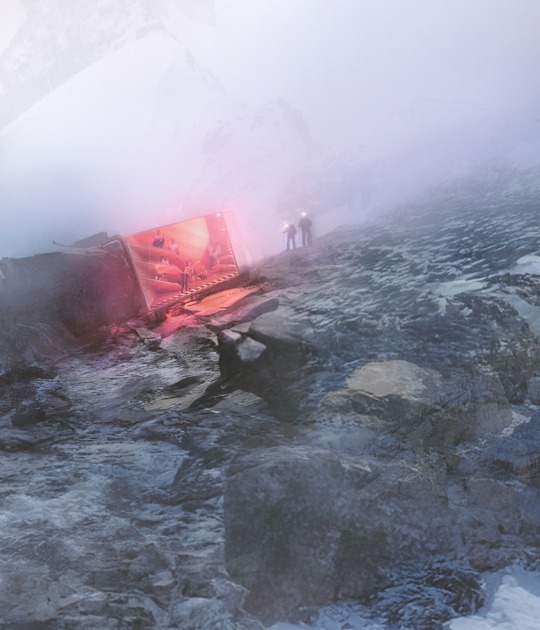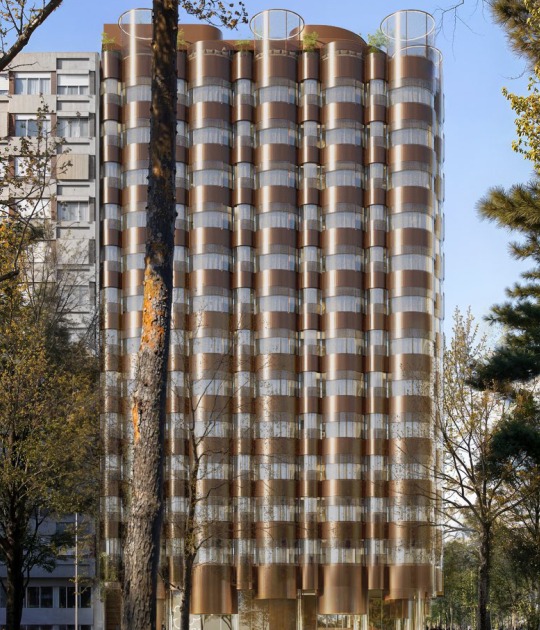The Albright-Knox's partner selection process was conducted in partnership with Andrew Bast and Susan Wallace of Zubatkin Owner Representation, LLC. The Albright-Knox and OMA/Shohei Shigematsu and will embark upon the next phase of the envisioning process in September of 2016.
Following the announcement of the project in Buffalo, a related event will take place during the Art Basel art fair in Basel, Switzerland. Peggy Pierce Elfvin Director Dr. Janne Sirén, OMA's Shohei Shigematsu, and artist Mark Bradford will discuss the future of art museums and their role as agents of social change. The panel, which is free with museum admission, takes place at the Beyeler Foundation at 5 pm on Wednesday, June 15.
Background to the AK360 Project
For more than a decade the Albright-Knox has explored the possibility of expanding and upgrading its facilities. These enhancements are urgently needed to properly house the museum’s growing collection, mount rotating special exhibitions, and present a dynamic range of complementary educational programs. In 2014, the museum’s Board of Directors unanimously resolved to initiate an ambitious campus development project that will allow the institution to realize the potential it holds for Western New York.
The name AK360 reflects the fact that this will be the third time the Albright-Knox has grown in the course of its 154-year history, each time at an interval of approximately sixty years (in 1905 with its first permanent home and in 1962 with its last expansion). The name also manifests the museum’s embrace of feedback from the community. It marks a dedication on the part of the institution to looking beyond its pressing operational needs and taking a 360-degree view of its position within Frederick Law Olmsted’s Delaware Park as a celebrated cultural resource in our region and as a vital contributor to Western New York’s resurgence.
The Albright-Knox holds an irreplaceable trove of modern and contemporary masterworks, one of the finest collections of its kind in the world. But a chronic shortage of space limits the display and preservation of this cultural and civic treasure. Since the museum’s last expansion in 1962 the collection has quadrupled in size and now contains more than 8,000 works, only 200 to 300 of which can be shown at one time. The AK360 project will double the number of masterworks the museum can display and also will provide state-of-the-art space for presenting special exhibitions. The project will enhance the visitor experience at the museum, creating more space for education, dining, and social activities, while better integrating the campus with the landscape of Olmsted’s Delaware Park. A capital campaign has been launched to fund the project and to increase the museum’s endowment to help sustain a thriving, expanded museum for future generations.



